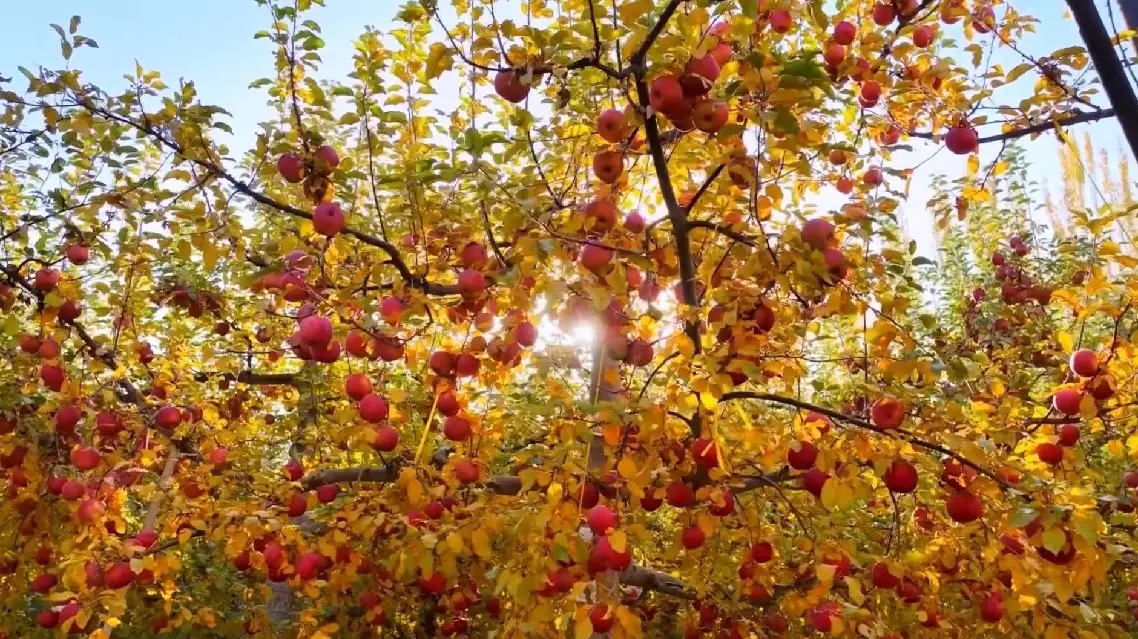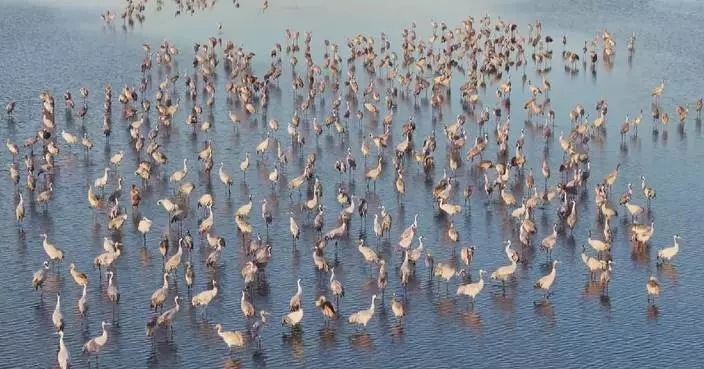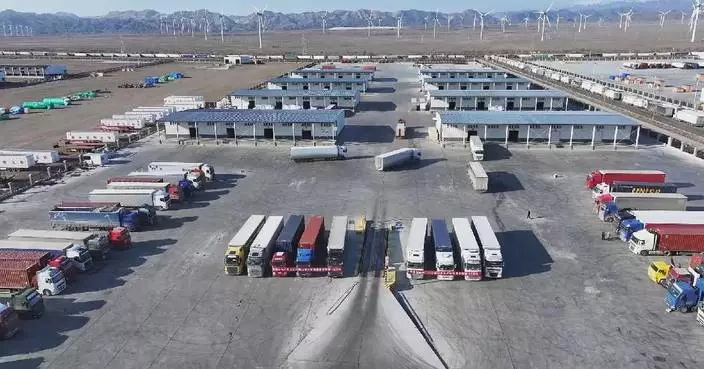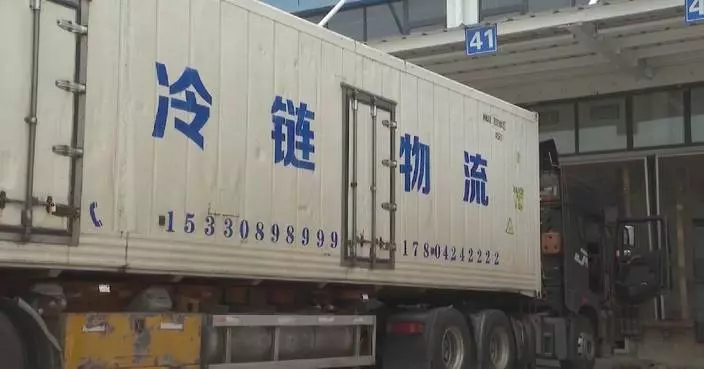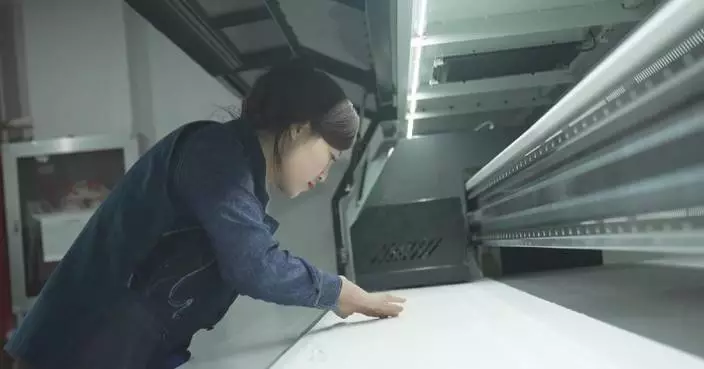A Chinese art teacher has left a lasting impression on students by accurately recreating ancient armor from the depths of China's history.
Tan Zhouzhou, a teacher at the No. 4 Middle School of Shaoyang City in central China's Hunan Province, has earned the nickname "General Teacher" from his students due to his fascinating military history classes.
Like many men around the world, Tan has been interested in the military culture since he first laid eyes on warrior uniforms in TV series and films when he was a child.
"I think every boy has a dream of being a hero. So theses things are irresistible. I liked them at the first sight, from the bottom of my heart. In college, I watched as leather armor was unearthed from the tomb of Marquis Yi of Zeng at the Hubei Provincial Museum. It was shocking. It was my first time to see armor worn by our ancestors thousands of years ago, so I was quite excited," Tan said.
Fueled by this passionate interest, Tan started studying the history of ancient Chinese armor in his free time after graduating from the university and later made a bold decision to replicate them.
In 2021, Tan successfully recreated a suit of armor from the Ming Dynasty (1368-1644) and then gave it to his wife as a surprise gift.
"I searched for information on the internet and then made plates by myself. Then, I made molds for the armor pieces. After all the materials were ready, I spent about three months on assembly," said the teacher.
In 2019, Shaoyang launched a campaign to bring "excellent traditional culture" to campuses. Responding to the call, Tan applied to the school to create a course on ancient Chinese armor.
"At first, we treated it as a pilot course, hoping he could introduce armor culture to the students. His course, featuring armor crafting, culture and patriotism, has improved the quality of our school's endeavor to bring traditional culture to the campus," said the middle school's principal Yuan Menghui.
When it first launched, Tan's class was attended by just 19 students. That number rose to over 100 in the next semester as word spread about his unique approach to teaching.
Over the past five years, more than 1,000 students have taken the course.
"This course is very interesting. I was interested, so I listened attentively. We have learned a lot and enhanced our knowledge of history," said Huang Yuhan, a student.
Thanks to Tan's diligent efforts, his students are actually able to wear the Chinese armor they learn about in the class.
"It's exciting and unbelievable, because we usually see ancient armor at museums but have never touched it with our hands," said student Kang Xinyue.
"Putting ourselves into historical roles, we can learn better about history and feel the profoundness of the Chinese culture," said Xue Tianming, another student.

Chinese art teacher recreates ancient armor for immerse history class


